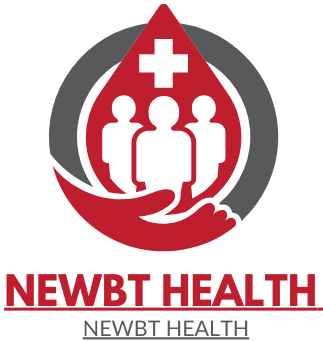
Blood clots are clumps of blood that have changed from a liquid to a gelatinous state. They are usually safe for your health because they protect your body from bleeding when you cut yourself. On the other hand, blood clots in the deep veins can be very deadly.
Deep vein thrombosis (DVT) is a dangerous type of clot that can cause “traffic jams” in your blood circulation. If the blood clot breaks away from its original location and travels to your lungs or heart, it can cause major complications.
10: Tachycardia
You may feel fluttering in your chest if you have a blood clot in your lungs. Tachycardia can be caused by a lack of oxygen in your lungs in this scenario. As a result, your heart tries to compensate by beating faster and faster.
9: Shortness of breath
If you notice that deep breathing is becoming increasingly difficult, it could be a sign of a pulmonary embolism, which is a blood clot in your lungs.
8: Coughing for no reason
This could be due to a pulmonary embolism if you have a dry cough, shortness of breath, a rapid heart rate, and chest pain on a regular basis. You may cough up mucus and even blood.
7: Chest pain
When you take a deep breath, you may feel chest pain, which is one of the signs of a pulmonary embolism.
The pain in your chest is usually sharp and stabbing, which makes you think you are having a heart attack. The most important distinction is that a pulmonary embolism always gets worse with breathing. In any case, call 911 immediately because the effects can be fatal.
6: Leg turns red or dark
A blood clot in your leg can cause red or dark spots on your skin that appear out of nowhere. You may feel pain, warmth, and even tenderness in this area when you stretch your toes up.
5: Arm or leg pain
Although several signs are usually required to diagnose a deep vein thrombosis, pain may be the only indicator of this serious condition. The pain of a blood clot can be confused with a muscle cramp, but this type of pain is more common when you walk or extend your leg up.
4: Swelling in an extremity
If you notice that one of your ankles is suddenly swelling, it could be a sign of a deep vein thrombosis. This is an emergency because the clot can break off at any time and reach one of your organs.
3: Red streaks on the skin
Have you recently seen purple streaks running along your veins? When you touch them, do they feel warm? This may not be a typical bruise, and you should get medical help right away.
2: Vomiting
Vomiting could indicate a blood clot in your abdomen. Mesenteric ischemia is the medical term for this condition, which is characterized by severe stomach pain. You may also experience nausea and blood in your stool if your intestines don’t get enough blood supply.
1: Partial or complete blindness in one eye
Optical genetic therapy restores vision to patient with retinitis pigmentosa | Medicine | Sci-News.com
Painless vision loss in one eye is often a sign of central retinal artery occlusion. It is a major medical emergency, especially if you have other symptoms such as dizziness or difficulty maintaining balance.
If you notice any of these symptoms, see a doctor immediately. Remember that if a blood clot is not treated properly and quickly, it can be fatal.

Leave a Reply